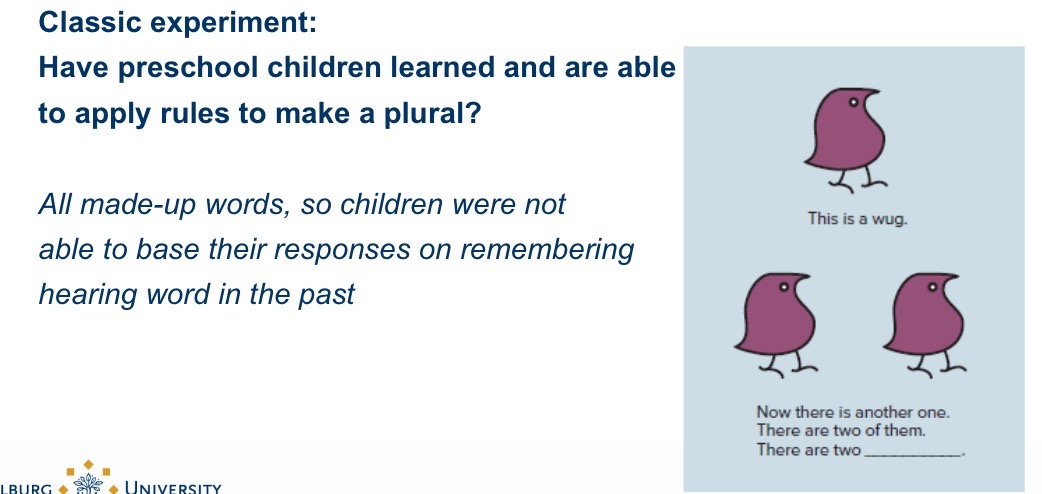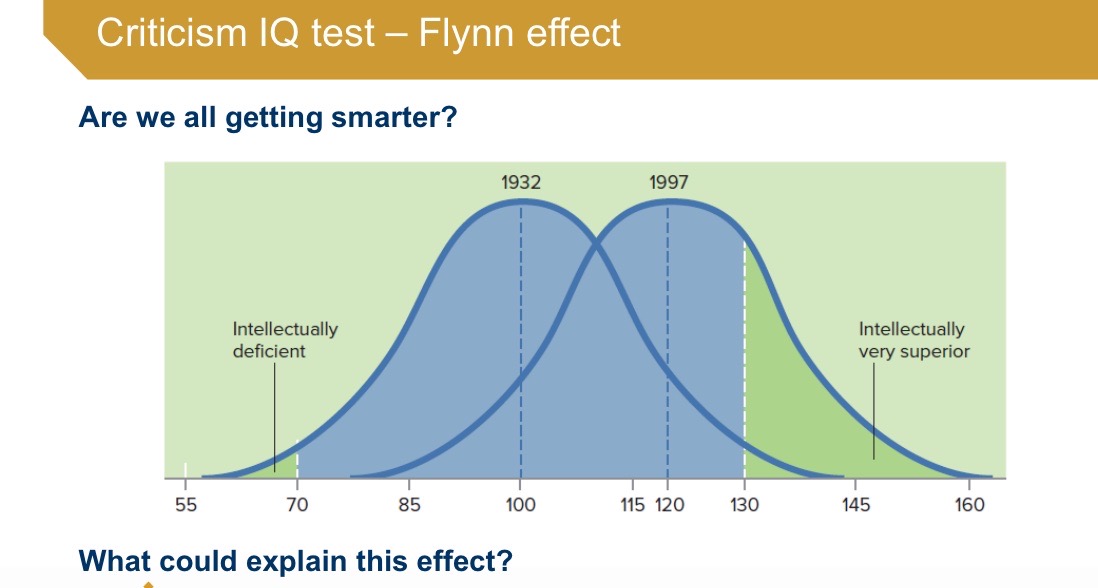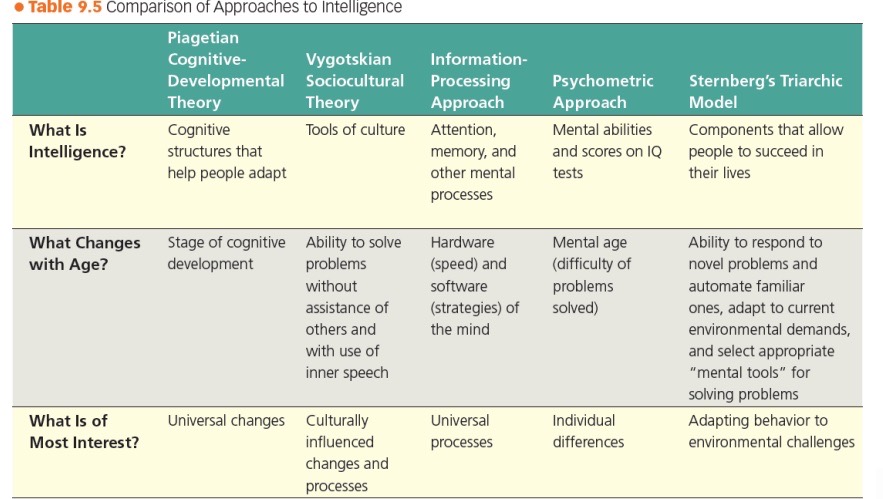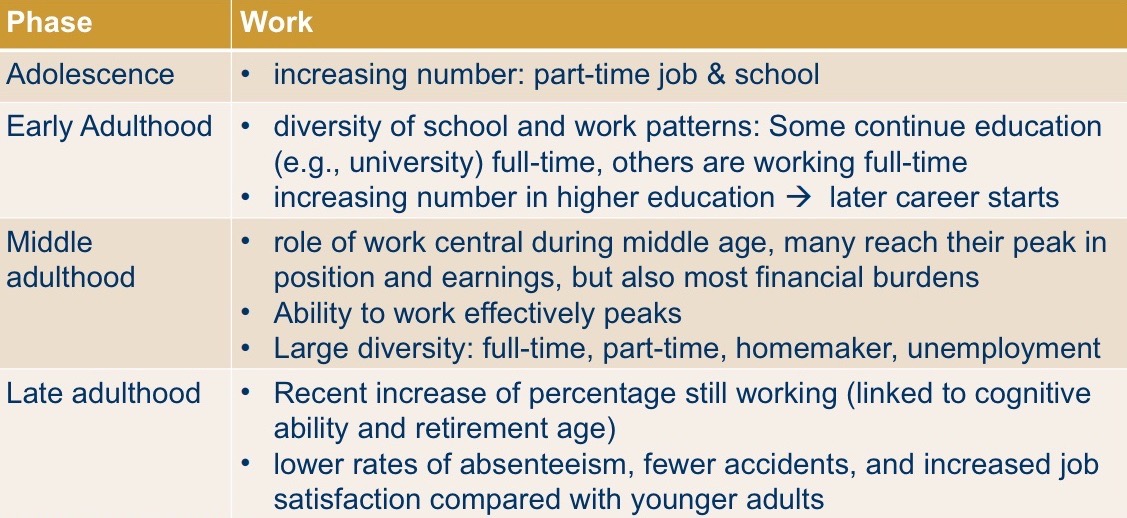developmental psychology ch6
1/47
There's no tags or description
Looks like no tags are added yet.
Name | Mastery | Learn | Test | Matching | Spaced |
|---|
No study sessions yet.
48 Terms
Language development: nature vs nurture debate
Skinner → nurture approach → we learn to speak through being reinforced to produce sounds
Chomsky → nature approach → people have an inborn language acquisition device
Language - nurture vs nature: Stance today
Social-interactionist perspective → nature + nurture → Language development is an interaction between maturation of cognitive skills and experience
What happens around 1 year?
First steps
Object permamence
Joint attention (basic understanding of symbols)
First words!
Crying - relation to language:
= The first communication signal.
= Increased infant-parent bond → Caregivers can read the type and severity of a cry as meaningful
= Vital to survival → Babies crying too little may be a signal for neurological problems
= Exercise of the vocal cords
From 5 months: realisation that sounds have an effect on caregiver behaviour
Language development stages:
2 months:
Cooing sounds
Quiet or smile when spoken to
Cry differently for different needs
4–6 months:
Babble and make a variety of sounds
Notice that some toys make sounds
7–8 months:
Word segmentation (noticing pauses between words)
10 months
Understand up to 50 words, but cannot yet produce them
(Comprehension comes before production)
12 months:
One-word sentences (“holophrases”) like “dada,” “oh-oh”
→ Communicate different things based on intonationUnderstand simple instructions, e.g. “come here”
Recognise words for common objects, e.g. “shoe”
18 months
Recognize names of familiar people, objects, and body parts
Follow simple directions with gestures
Say up to 10 words
24 months
Two-word phrases (“telegraphic speech”), e.g. “where ball”
→ Understand simple syntaxFollow simple instructions and understand simple questions
Speak about 50 or more words
What language behaviors are typical by 2 months of age?
Cooing sounds, quieting or smiling when spoken to, and crying differently for different needs.
What language milestones occur between 4–6 months?
Babbling and producing a variety of sounds; noticing that some toys make sounds.
What is word segmentation, and when does it develop?
Noticing pauses between words; develops around 7–8 months.
How many words can a 10-month-old understand, and can they produce them?
Understand up to 50 words, but cannot yet produce them—comprehension comes before production.
What are holophrases, and when do they appear?
One-word sentences used at 12 months (e.g., “dada,” “oh-oh”) that serve different communication functions depending on intonation.
What other language abilities appear around 12 months?
Understanding simple instructions (e.g., “come here”) and recognizing words for common objects (e.g., “shoe”).
What are common language milestones at 18 months?
Recognizing names of familiar people, objects, and body parts; following simple directions with gestures; saying up to 10 words.
Describe the language development seen at 24 months.
Use of two-word phrases (“telegraphic speech”) like “where ball,” showing basic syntax understanding; ability to follow instructions and answer simple questions; vocabulary of 50 or more words.
Language development further - 18-24 months
From 1.5 years vocabulary increases strongly → vocabulary spurt
Language 18-24 months: Typical mistakes
Overextension: Too broad use of a verbal category (all animals are dogs)
Underextension: Too narrow use of a verbal category (only one grandpa is a grandpa)

Language development (2-5 years):
Between 2 and 3 years vocabulary increases a lot - up to one word per 1-2 waking hours.
Engagement in give and take conversations starts.
Longer sentences (>2 words), more grammatically complex.
Addition of function words (ex. articles).
Language development (2-5 years): Typical mistakes
Overregulation (around 3 years): overgeneralising global rules about past tense/plural.
→ Good sign, indication that they are mastering new rules ex. I swimmed

Extreme example: Genie
Started talking around 1.5 years, lagging behind a bit, but due to years of abuse and neglect her parents didn’t talk to her in 10 years.
At 13: barely communicated, tried but ceiling effect, could learn sign language, possible intellectual disability
Language development (school age):
Vocabulary continues to grow:
→ Average 6 year old has a vocabulary of from 8000 to 14000 words and grows by another 5000 per year till 11/12 years.
Mental vocabulary reorganised (from dog to barks).
Mastery of grammar improves use of passive voice, conditional sentences.
Metalinguistic awareness.
Metalinguistic awareness:
Understanding of sentence structure (syntax), concept and definition of words (semantics), how language is affected by context (pragmatics) + learning how to read and write
Language development - aging:
No change in knowledge of phonology: Difficulty distinguishing sounds if hearing impairments/cognitive deficits.
No change in knowledge of grammar or syntax, less complex sentences used in aging.
With WM problems: trouble understanding sentences with highly complex syntax
Knowledge of semantics often expands.
“Tip of the tongue experience in older adult → problems in retrieving information → compensated by slower speaking
Adults refine pragmatic use of language to social + professional context, this ability maintained in older age (except for major cognitive decline)
Bilingualism:
Has many advantages - more positive outcomes for:
Cognitive development (analytical reasoning, inhibition, interpersonal skills)
Language development (more conscious use of syntax/grammar)
But bilingual children do have a smaller vocabulary in each language than monolingual children → are not exposed to the same quantity and quality of language.
No delays in the rate at which they acquire language overall.
By age 4 bilingual children have a larger total vocabulary growth compares to monolingual.
Bilingualism - long term effects for aging:
May delay the onset of Alzheimer disease (around 4.5 years), effects are not the same if second language is learned later.
Explanations:
better executive functions
better neural network functioning
boosts the cognitive reserve
Intelligence:
= The ability to solve problems and to adapt and learn from experiences.
IQ: strong predictor for academic performance and development
High IQ is a consistent protective factor: In disadvantaged circumstances relatively better coping.
IQ Scales by age
0–3 yrs: Bayley Scale of Infant Development (BSID)
3–8 yrs: WPPSI – Wechsler Preschool and Primary Scale of Intelligence
6–16 yrs: WISC – Wechsler Intelligence Scale for Children
>16 yrs: WAIS – Wechsler Adult Intelligence Scale
Sub-scales:
Verbal sub-scales: Vocabulary, comprehension, similarities.
Similarities: Assesses abstract and logical thinking
Example: “In what way are a lion and a tiger alike?”Comprehension: Measures judgment and common sense
Example: “What is the advantage of keeping money in a bank?”
Nonverbal sub-scale:
Block Design: Child arranges blocks to match shown design
Assesses visual-motor skills, spatial thinking, perceptual organisation and spatial organisation ability.
Example: Use coloured blocks to recreate a pattern shown by the examiner.
Sub-scales for IQ tests in kids:
Sub-scales:
Verbal sub-scales: Vocabulary, comprehension, similarities.
Similarities: Assesses abstract and logical thinking
Example: “In what way are a lion and a tiger alike?”Comprehension: Measures judgment and common sense
Example: “What is the advantage of keeping money in a bank?”
Nonverbal sub-scale:
Block Design: Child arranges blocks to match shown design
Assesses visual-motor skills, spatial thinking, perceptual organisation and spatial organisation ability.
Example: Use coloured blocks to recreate a pattern shown by the examiner.
IQ ranges:
Range normal: 70-130
Intellectual disability: <70
Giftedness: >130
→ Some corrected for age - in relation to norms of people same age.
Flynn effect:
= IQ ranges seem to be getting higher with time: are we getting smarter?

Explanation of Flynn effect:
Better education.
Improved economic conditions - nutrition, living conditions, less diseases.
Not the same for all domains, some more recent studies suggest a revision of Flynn effect (especially for crystallised IQ)
Criticism of IQ tests - Culture:
Western IQ tests: Focus on cognitive skills, Western context
What does IQ performance say about someone from a different culture? Reduced validity
Development of Intelligence - Infancy:
Small correlation between IQ test during infancy and childhood (BSID and WISC).
Explanations:
Different skills being measured: BSID - sensory and motor skills, WISC - abstract sills.
Developmental influences change: In infants influenced by universal processes, in kids more room for differences.
Comparison of approaches to intelligence:

Development of Intelligence - childhood
IQs at different ages starting from 4 years highly correlated.
IQ of earlier age predicts IQ at later age.
Great stability for most.
Fluctuation due to influences on performance IQ test (ex. motivation), but also environmental.
Risk factors affecting IQ of children age 4:
Minority group, unemployed parent, mother without a high-school, more than 4 kids in family, absent father, rigid upbringing, distressed mother, little positive affect towards kid by mom.
IQ across lifespan:
Extreme stability:
→ From 18 years to 65 years r = 0.87
→ From 11 to 90 r = 0.54
IQ and Socioeconomic Status:
Cumulative deficit hypothesis:
Children of highest and lowest SES backgrounds on average separated by 6 points at age 2.
By age 16, 1Q gap triples, but brain is plastic → Positive effects if SES improves.
Fluid vs Crystallised Intelligence:
Fluid intelligence:
Mechanics - basic information processing, content poor, universal and biological, strong genetic determination.
Crystallised intelligence:
Pragmatics, content rich, culture dependent, experience-based.
Different growth processes, decline of only fluid intelligence.
Factors influencing trajectories of intelligence:
Risk factors for decline:
Poor health, unstimulating lifestyle, low SES, dissatisfaction with life.
Protective factors for decline:
Above average SES, advanced education, intact marriage, intellectually capable spouses, physically and mentally active lifestyles.
What is the role of work for development?
From traditional stable career to.. more career and job changes, disappearing barrier between work and family, rise of independent contract, no boundary career.
Work importance in different stages of life:

Work transitions and self esteem/life satisfaction:
New employment positive correlations with self-esteem and life satisfaction.
Unemployment negative correlation with self-esteem and life satisfaction.
Anticipation effects - decline in self-esteem and life satisfaction before, but not after unemployment. Psychological preparation? Stressors act before unemployment? Adjustment okay?
No change in self-esteem related to employment, but satisfaction with job matters.
Work factors: Examples that impair intrinsic satisfaction.
Role abiguity
Role overload
Role conflict
Work life conflict
Work to live or live to work?
1/3 of life spent at work - defines people: work identity
Important influence on finances, but also all aspects of normal life and relationships and well-being.
Stress at work: major contribution to job dissatisfaction → decrease in productivity and job change.
Changing expectations about work.
Dual career couples:
Challenge of balance. Jobs are often designed for sole earners, mostly men - no consideration for family.
Career decision in couples often made my men.
Women spend more time with kids - need more flexibility.
Factors influencing job success:
Personality: Conscientiousness, agreeableness, extraversion and emotional stability +
Person-environment fit: Do you fit the job demands?
Cognitive ability: one of the best predictors, in old people too
Contextual factors: ex. age composition of departments/culture - motivation
Unemployement:
Produce stress: loss of income, threat to identity, decreasing self esteem
Increasing risk for:
Physical problems, mental problems, substance abuse, marriage problem
Secondary effects:
Financial problems, altered routines, cheaper housing, quality of parents’ relationships might decrease, worse parenting, behavioural problems in kids.
Retirement:
Gradual process, need to adjust and find satisfying lifestyle, inter-individual differences.

Adjustment to retirement good long term if:
Voluntary retirement, good physical and mental health, positive personality traits, enough finances, married or social support, work identity not to strong.